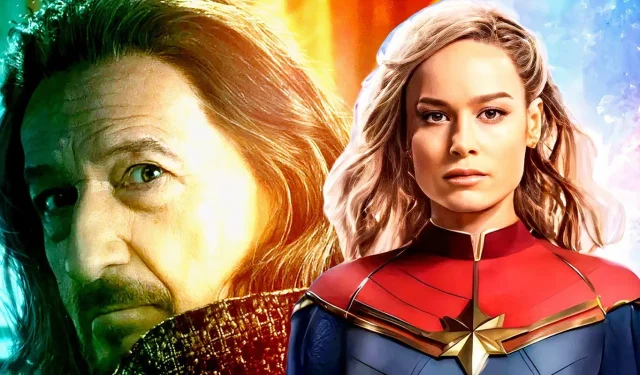
The Marvel Cinematic Universe (MCU) has continually pushed boundaries and provided audiences with iconic moments, even when some decisions stirred controversy at their inception. Throughout its history, not every action taken within the MCU has been embraced immediately; numerous choices ignited debate, confusion, or even outrage among fans. Yet, as time has passed, many of these initially contentious decisions have demonstrated their brilliance, significantly enhancing the franchise in unexpected ways.
Marvel Studios has consistently shown a willingness to innovate, taking calculated risks in character development, story arcs, and visual styles. Whether it’s redefining classic comic book lore or introducing fresh cinematic techniques, these bold decisions have often yielded positive results. While some choices have been met with criticism, many others, which initially seemed questionable, have since proven to be invaluable to the overall narrative and character evolution.
10 Omitting Spider-Man’s Origin Story
Captain America: Civil War & Spider-Man: Homecoming
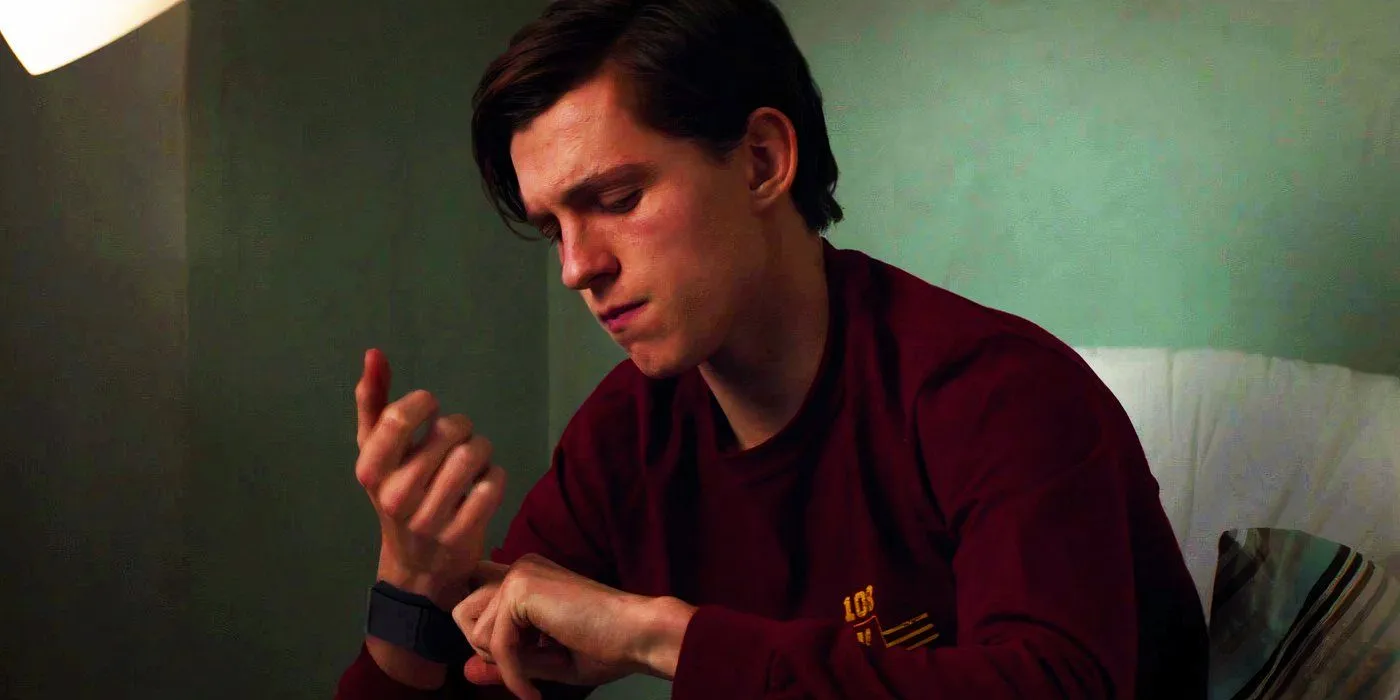
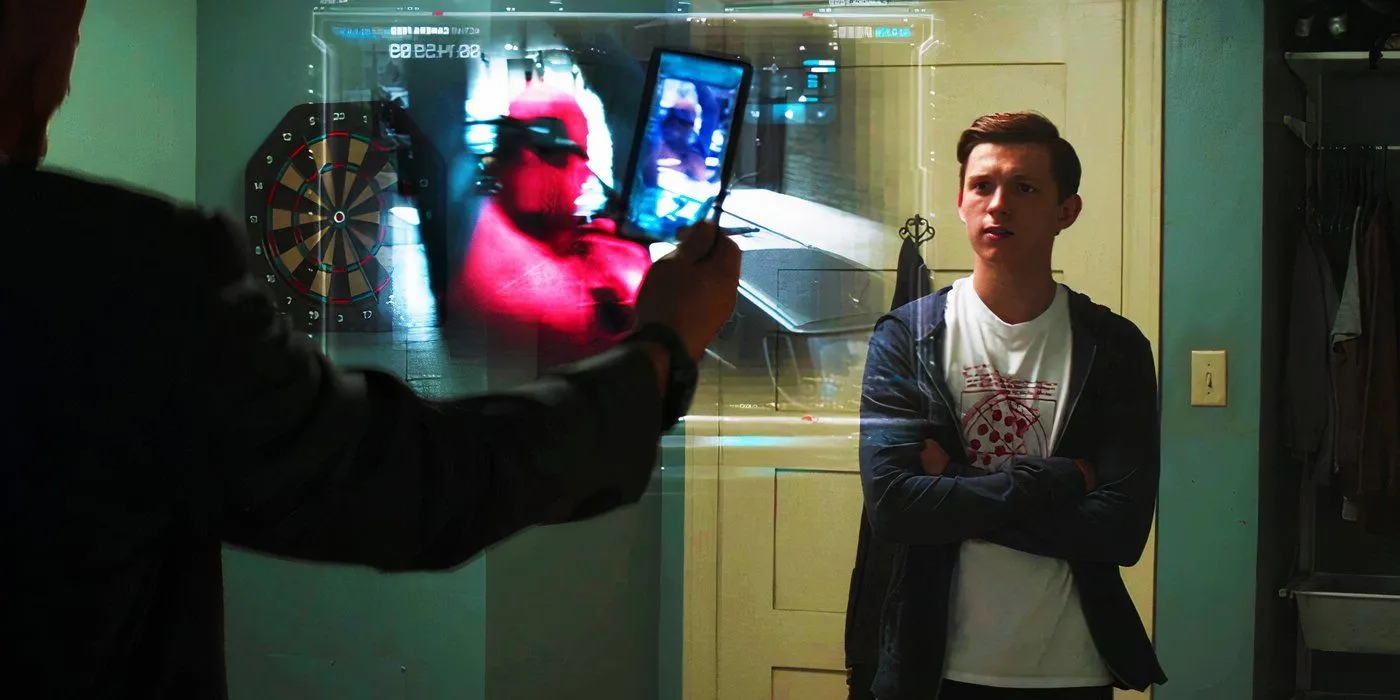
In introducing Spider-Man in Captain America: Civil War and later in Spider-Man: Homecoming, the MCU made the pivotal choice to forgo Peter Parker’s traditional origin narrative. The classic elements of the radioactive spider bite and Uncle Ben’s death, already showcased in previous adaptations, were omitted. This decision enabled the franchise to dive directly into the action, optimizing screen time and avoiding redundancy.
This approach notably enriched emotional resonance when Aunt May’s demise in Spider-Man: No Way Home took center stage, allowing her to impart the famous lesson of “With great power comes great responsibility” in a newfound context. By not revisiting Spider-Man’s origins, the return of Tobey Maguire and Andrew Garfield in No Way Home gained added significance, deepening audience engagement and strengthening the film’s emotional impact.
9 Removing Death from Thanos’ Narrative
Avengers: Infinity War
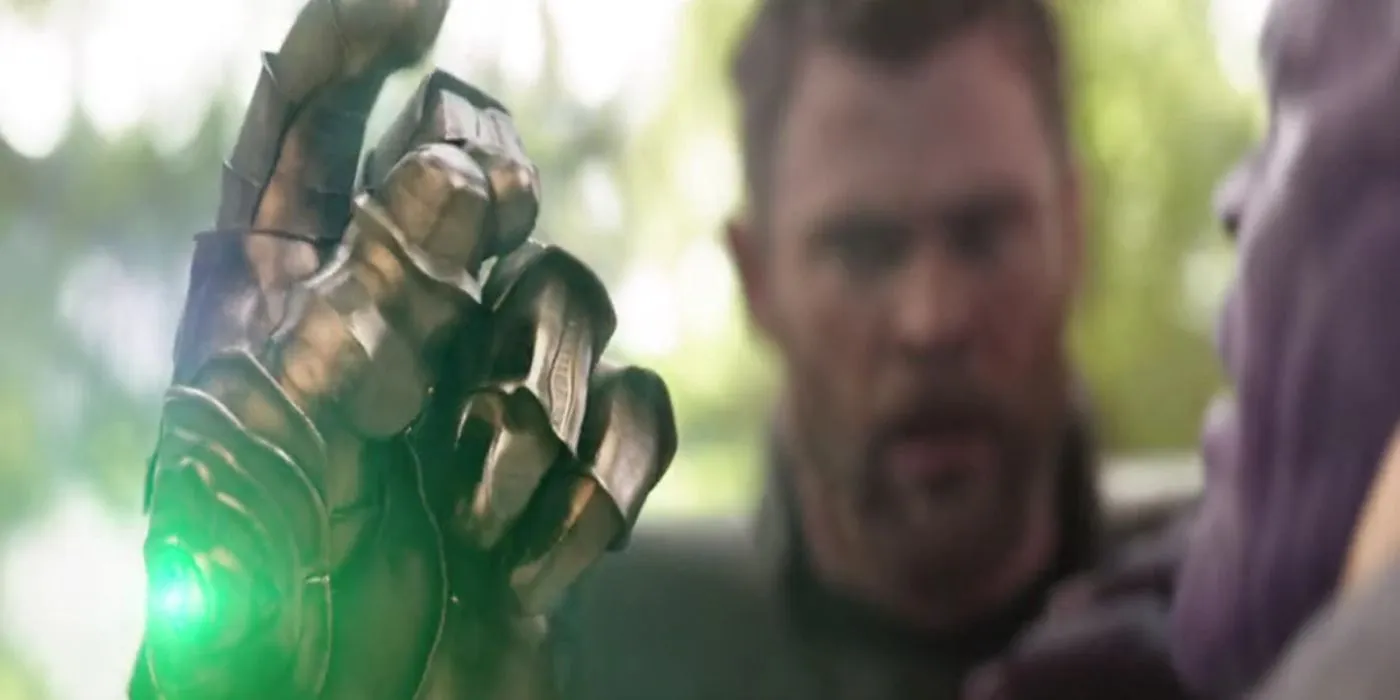
In the comic universe, Thanos’s motivations are closely tied to his infatuation with the personification of Death. However, the MCU opted to pivot, crafting a more relatable rationale for Thanos in Avengers: Infinity War. Instead of being driven by a desire to impress Death, Thanos’s aim was to curb universal overpopulation by halving it.
This rationale, however twisted, added depth and relatability to his character. It allowed audiences to engage more profoundly with his actions, particularly by sharpening the focus on the repercussions of his ruthlessness across both Infinity War and Avengers: Endgame. Furthermore, the eventual introduction of Death in the MCU’s Agatha All Along offered thrilling implications for future narratives.
8 Eliminating Gamora
Avengers: Infinity War
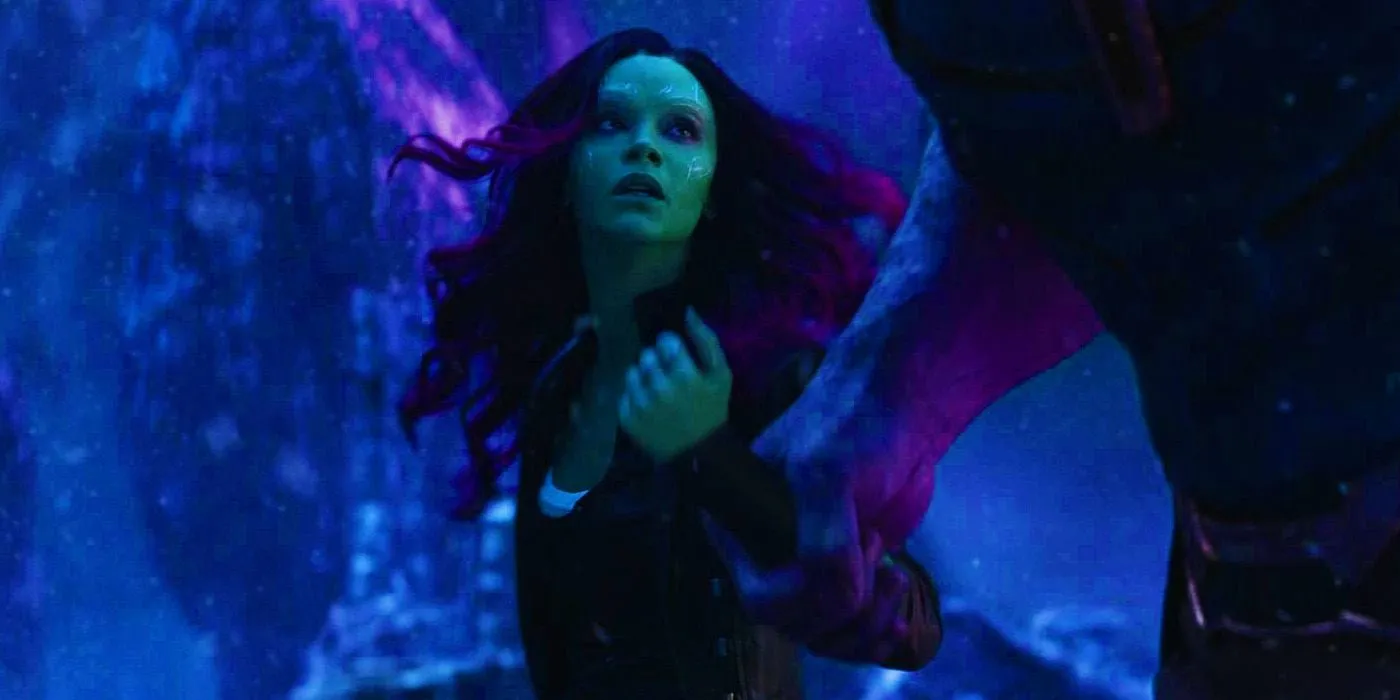
The shocking death of Gamora at Thanos’s hands in Avengers: Infinity War stunned audiences, especially considering her status as a fan-favorite hero. Initially perceived as a detrimental blow to the Guardians of the Galaxy franchise, the introduction of an alternate version of Gamora in Avengers: Endgame served to enrich the narrative across subsequent films.
This storytelling decision provided innovative dynamics within the team, as the new Gamora navigated her relationships with Peter Quill and the Guardians, exploring profound themes such as grief and acceptance. Ultimately, Gamora’s death, while initially contentious, added depth to her character arc and facilitated essential growth for others, furthering the emotional threads throughout the series.
7 Transforming Shang-Chi’s Rings to Bangles
Shang-Chi And The Legend Of The Ten Rings
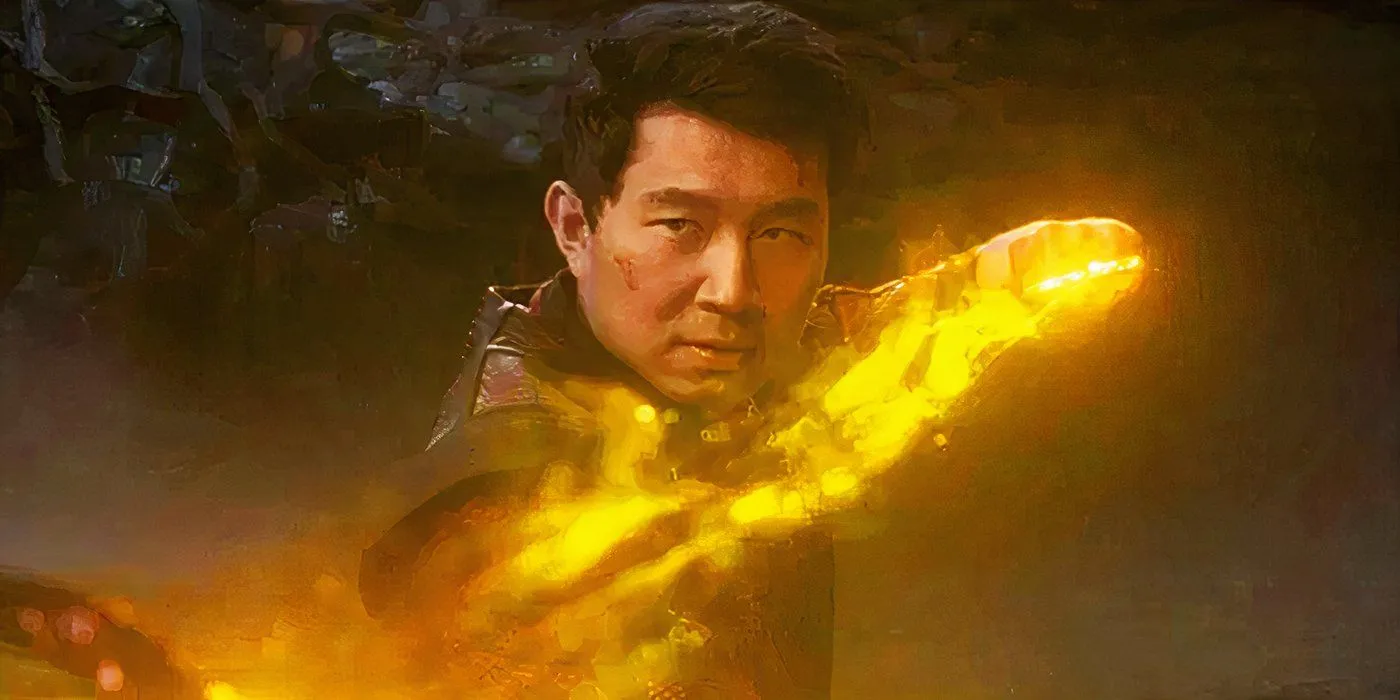
Unlike the comic version, where the Ten Rings are rings worn on fingers, Shang-Chi and the Legend of the Ten Rings innovatively reimagined them as bangles worn on the wrist. This creative shift not only updated the weapon’s aesthetics but also transformed its functionality within the narrative.
According to producer Jonathan Schwartz, the traditional ring design was deemed visually unappealing and too similar to the Infinity Stones. The bangle design facilitated thrilling action sequences, introducing fresh, engaging dynamics to fight choreography. This reimagining helped cement Shang-Chi’s distinct identity within the MCU, allowing for a richer narrative while respecting the character’s comic book legacy.
6 Ben Kingsley’s Mandarin Surprise
Iron Man 3
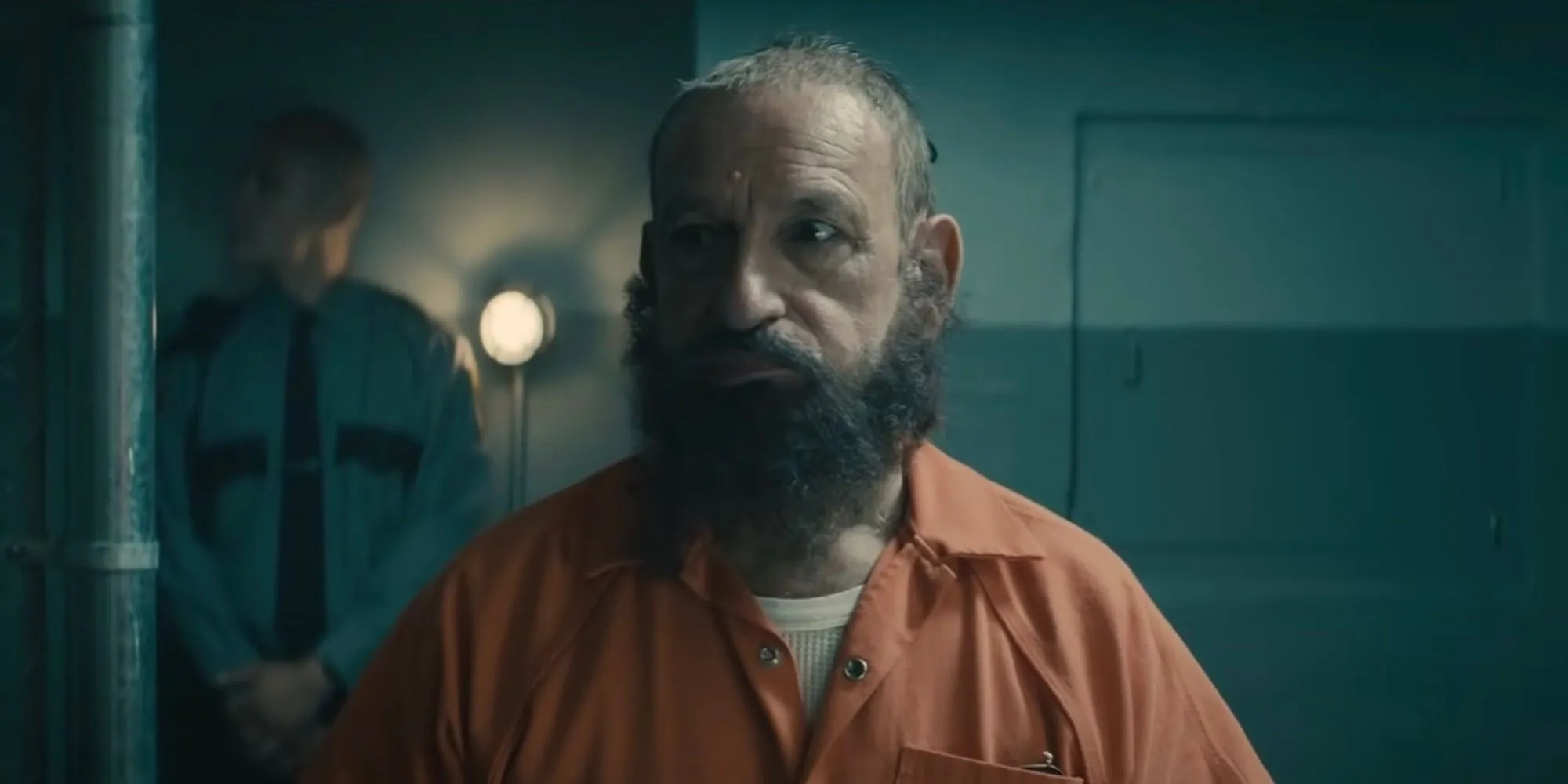
In Iron Man 3, the reveal of Ben Kingsley’s Trevor Slattery, an actor masquerading as the Mandarin, disappointed many fans anticipating a traditional portrayal of the character. Many felt it squandered the chance to utilize a major Iron Man foe properly. Reflecting on this now, it becomes clear that this twist allowed for a new exploration of the Mandarin in Shang-Chi and the Legend of the Ten Rings.
This separation respected the source material, presenting audiences with a more complex antagonist in Wenwu – played by Tony Leung. Furthermore, Trevor’s comic relief return in Shang-Chi added a lighthearted element while redeeming the initial controversy. Kingsley’s character is also set to reappear in the MCU’s anticipated Wonder Man series, affirming the value of this once-criticized narrative direction.
5 Recasting Ed Norton’s Hulk
The Avengers

The recasting of Bruce Banner from Edward Norton to Mark Ruffalo in The Avengers drew skepticism from many fans. Norton had portrayed the character effectively in The Incredible Hulk, leaving some worried about the tonal shift. However, Ruffalo’s performance has since been celebrated as definitive, capturing the character’s intellect and vulnerability seamlessly.
Ruffalo’s chemistry with the ensemble and comedic timing have resonated with audiences, making it challenging to envision Norton fitting into the evolving MCU framework. The new portrayal not only revitalized Bruce Banner but also significantly impacted the MCU’s narrative trajectory, ensuring his continued relevance throughout the saga.
4 Wanda’s Confrontation with the Illuminati
Doctor Strange In The Multiverse Of Madness

In Doctor Strange in the Multiverse of Madness, Wanda Maximoff’s ruthless elimination of the Illuminati showcased her formidable power without disrupting the core MCU narratives. This brutal display emphasized her status as a complex antagonist, allowing for a deeper understanding of her character while emphasizing the stakes involved in the multiverse.
3 Eliminating Thor’s Donald Blake Alter Ego
Thor (2011)
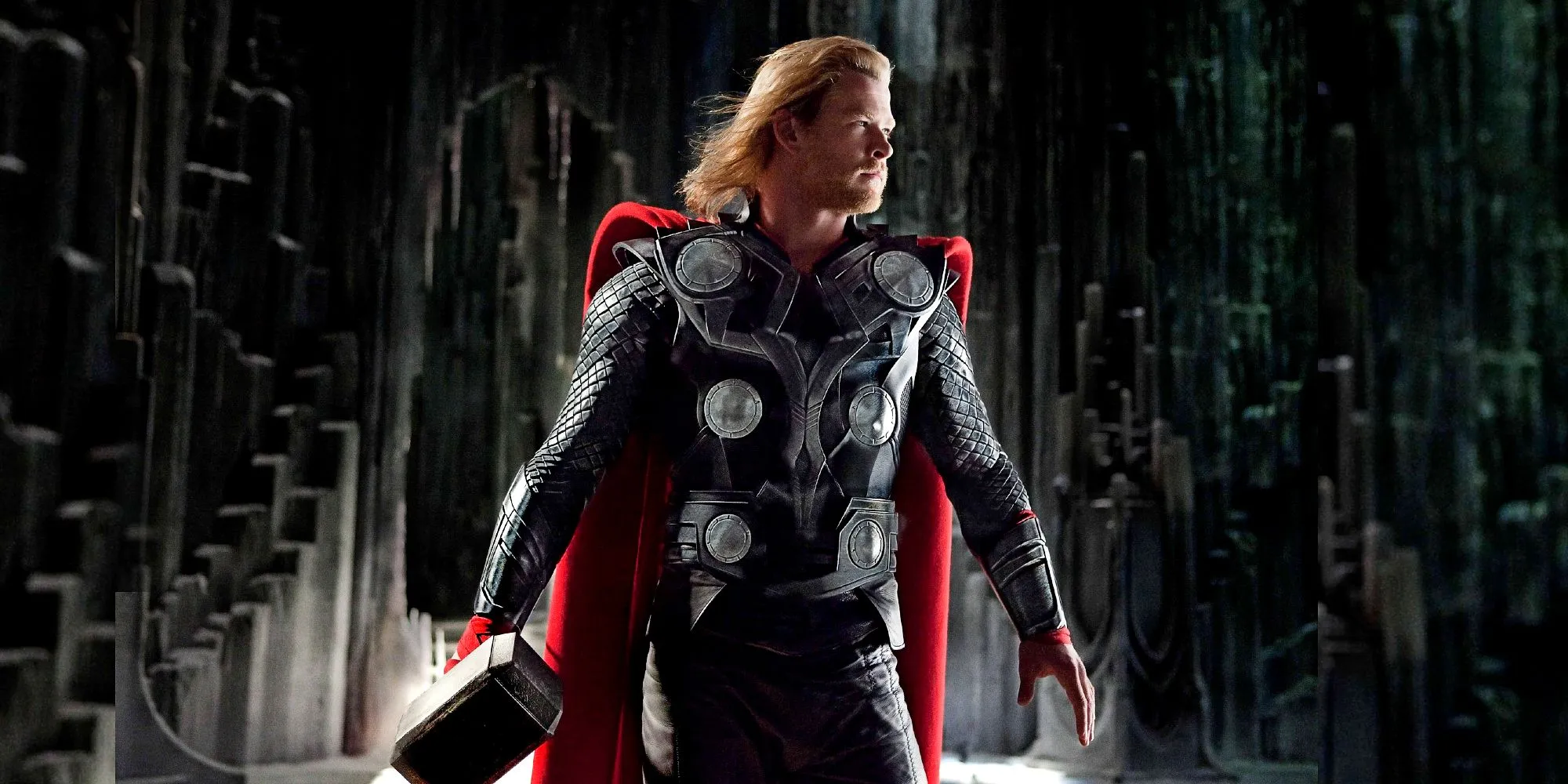
The MCU made a strategic choice in omitting Thor’s early comic persona, Donald Blake, allowing the films to focus on Thor’s Asgardian heritage. While an homage to Blake exists, the narrative streamlined Thor’s journey, eliminating unnecessary complexity.
This decision led to a focused exploration of Thor as a hero and god, enhancing his character’s relatability while celebrating his humor and vulnerability. The exclusion of a secret identity facilitated a more dynamic character evolution that resonates with modern audiences.
2 Transforming Bucky Barnes from Sidekick to Peer
Captain America: The First Avenger

In the comics, Bucky Barnes traditionally fills the role of Captain America’s youthful sidekick. However, the MCU redefined Bucky as a contemporary and close companion to Steve Rogers, creating a more mature relationship between the two.
This dynamic not only avoided cliché sidekick stereotypes but also imbued Bucky’s character with a compelling arc that contributed significantly to the overarching narrative of the MCU.
1 Emphasizing Carol Danvers Over Mar-Vell
Captain Marvel
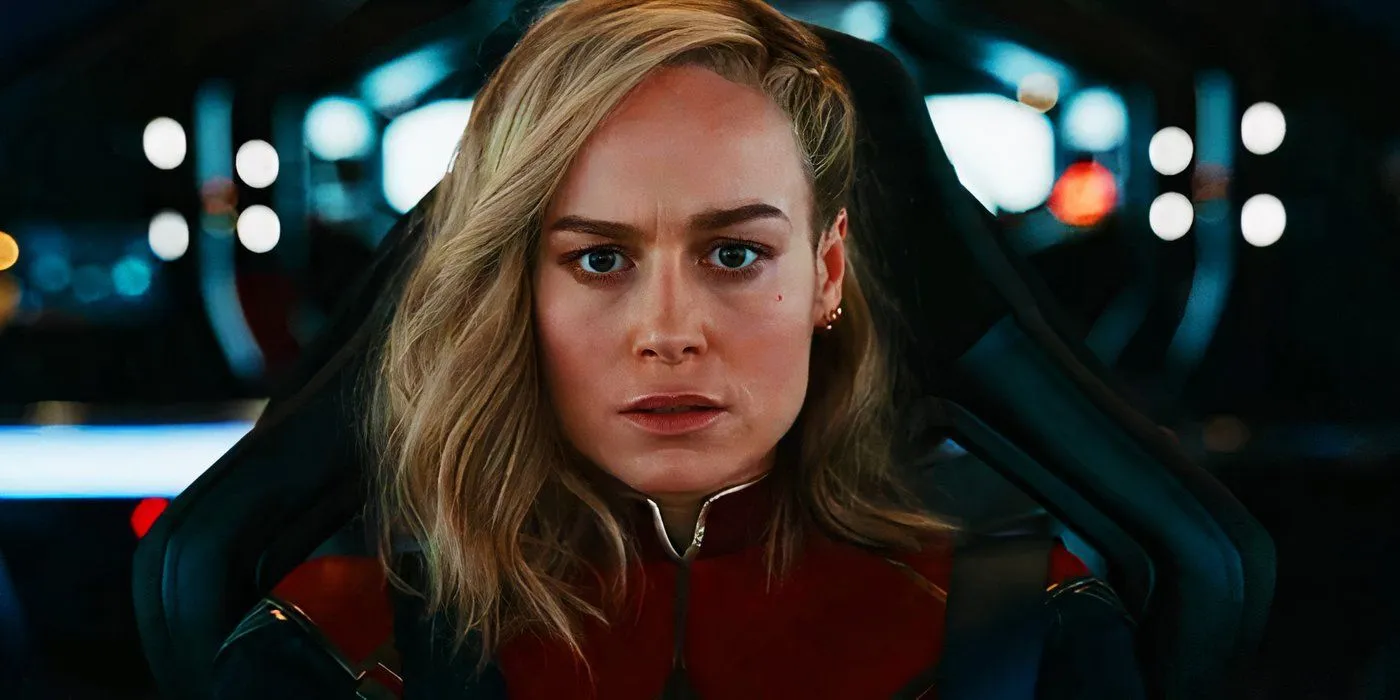
Marvel Studios’ decision to bring Carol Danvers to the forefront as Captain Marvel, skipping the male version Mar-Vell, marked a significant cultural moment. By emphasizing Danvers, whose character had evolved to embody feminist themes, the MCU positioned itself as a champion of progressive storytelling.
Skipping directly to Carol’s narrative streamlined her introduction, reinforcing her status as the definitive Captain Marvel for contemporary audiences while showcasing Marvel’s commitment to inclusive representation and the potential of female heroes in leading roles.




Leave a Reply